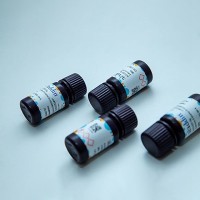The analysis of nonhuman biological evidence both animal and botanical to find out the correct species of a sample comes as a great help to crime investigators. Particularly, forensic botany may be useful in many criminal and civil cases, e.g., for linking an individual to a crime scene or physical evidence to a geographic location, or tracking marijuana distribution patterns.
Despite many molecular techniques for species identification so far applied, botanical evidences are still overlooked by forensic scientists due to the lack of reproducible and efficient protocols standardized across a wide range of different organisms and among different laboratories.
Recently, the term “DNA barcoding” has been coined to describe the use of a short gene sequence from a standardized region of the genome as a molecular tool for species identification. DNA barcodes have been successfully applied to a number of animal groups and introduced in forensic science with the application of the mitochondrial gene COI. Building on this success, ongoing investigations have searched for the best barcode to apply to all land plants. Here we describe the basic protocol based on amplification and sequence analysis of barcoding markers for land plants considering the latest developments of Plant DNA barcoding Project. The aim of this chapter is to provide forensic scientists an accurate and reliable tool for assigning unidentified botanical specimens to the correct species as powerful mainstay in investigations, increasing the contributions from nonhuman DNA to forensics.






